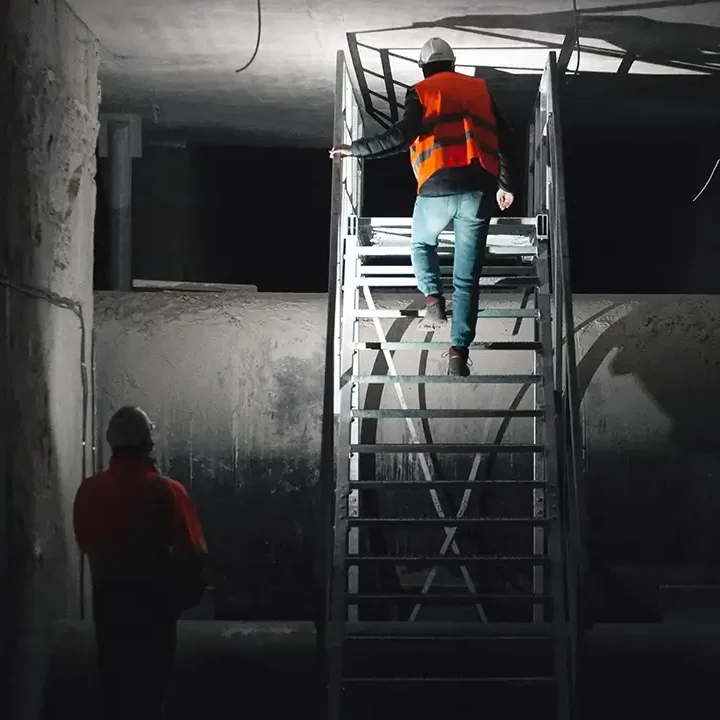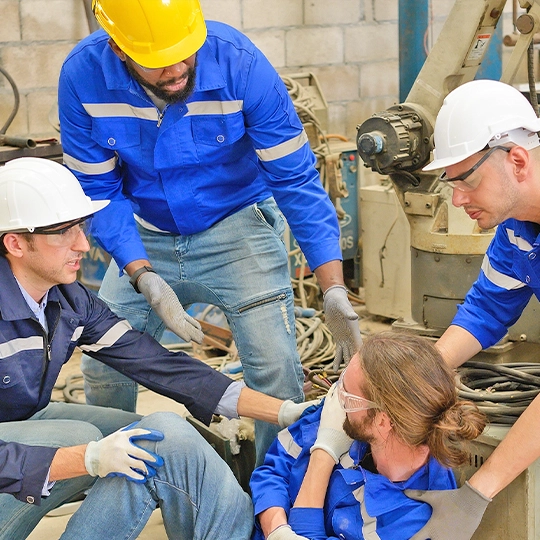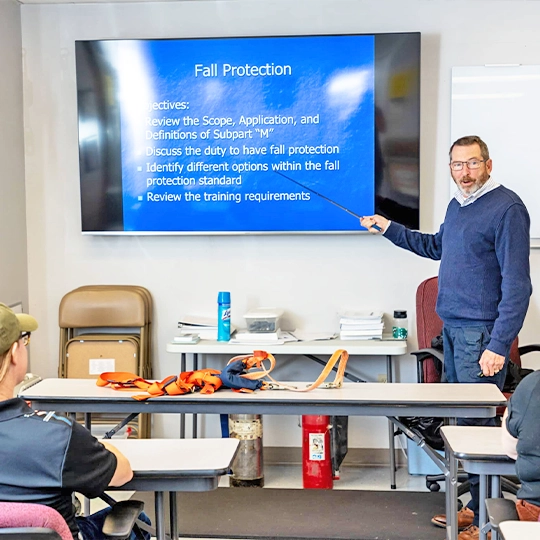
Permit Required Confined Space Training
Our Confined Space Training program is designed to educate workers on the dangers and safety protocols associated with confined spaces. This comprehensive training covers the identification of confined spaces, the hazards involved, and the procedures necessary to ensure a safe working environment.





